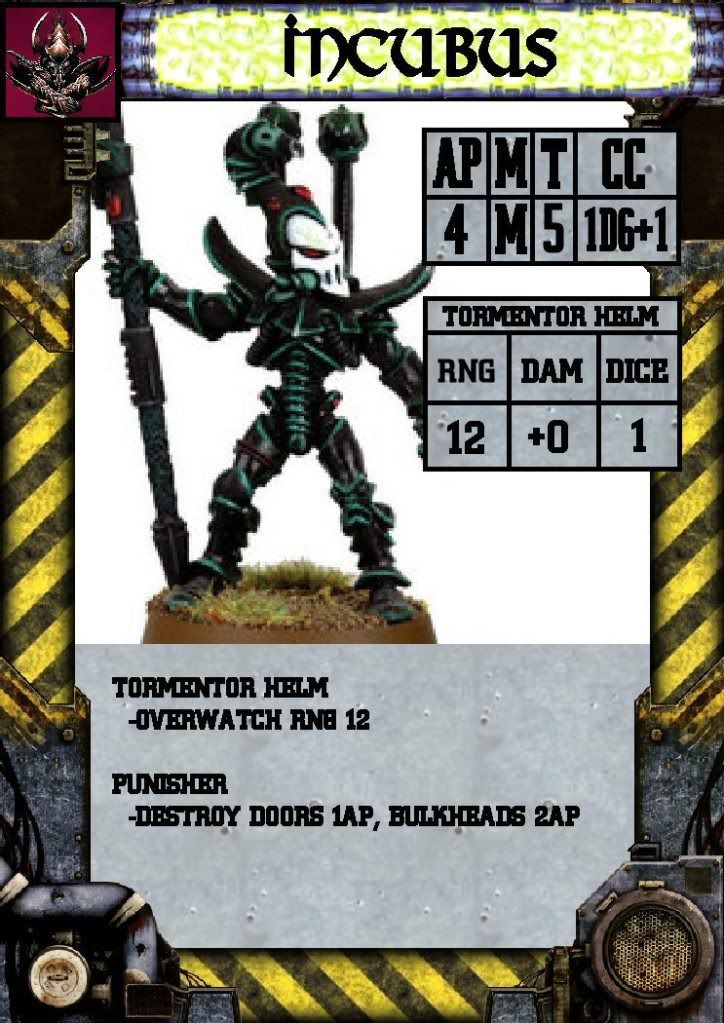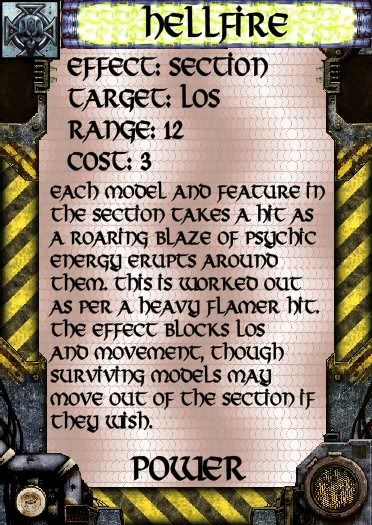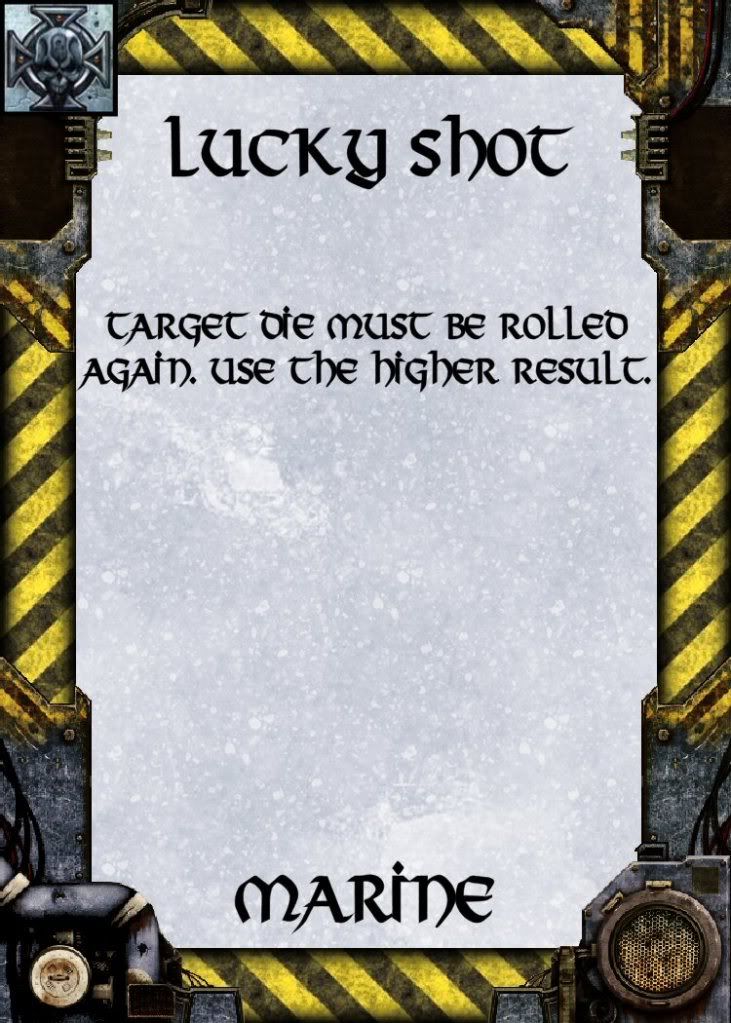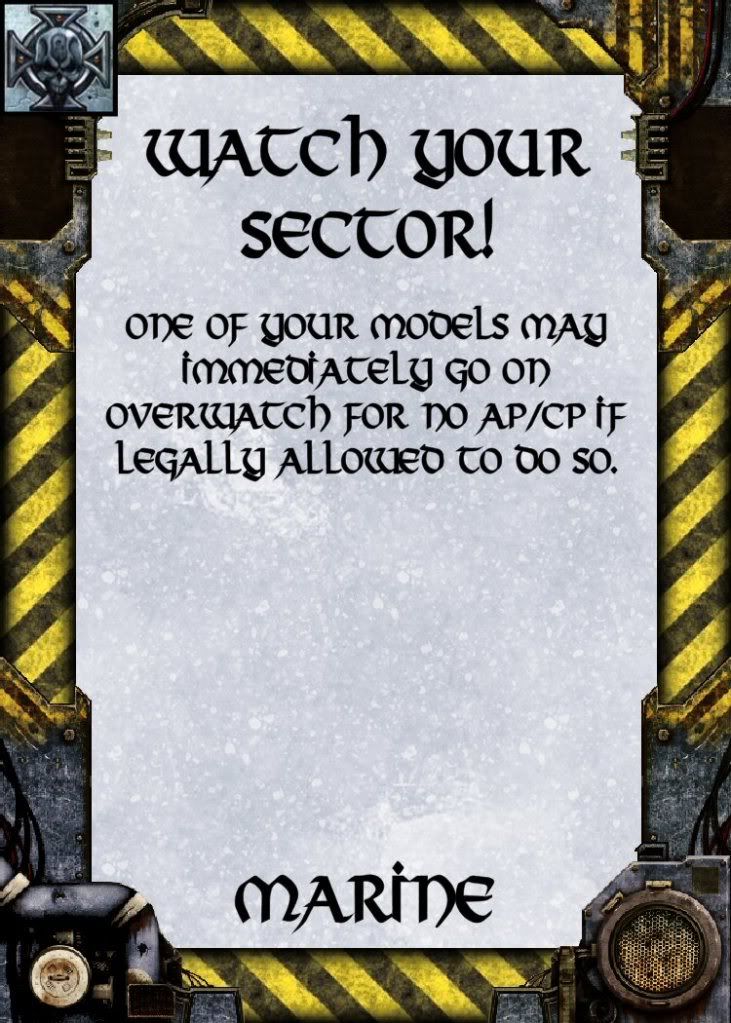First of all, I will address the concern regarding Tyranid creatures with biomorphs. One of the more involved processes in this project for me has been attempting to reconcile all of the various permutations of models and weapons that have appeared in 40K in the past five editions. Tyranids have been the most mutable (pun intended) of these by far. Before getting into that however, for the sake of an example I will be comparing a Hormagaunt to an Assault marine, since they both are fairly simple single wound melee models.
Since second edition, the absolute nastiest, most evolved Hormagaunts available have been in fourth and fifth editions, with the following stats and abilities.
4E WS 5, S 4, T 3, I 5, 2 attacks
5E WS 3, S 3, T 3, I 5, 2 attacks (with furious charge and poison attacks)
Similarly “upgraded” assault marines (i.e Vanguard Vetrans, Sword Brethern, Wolf Guard, Khorne Beserkers, Death Company) through the past several editions have had the following stats:
WS 4, S 4, T 4, I 4, 3 attacks (as well as ready access to abilities such as counter attack or furious assault)
While there are differences between these two model types, they don’t necessarily amount to that much of a difference in overall combat effectiveness. Assuming a straight-up melee, with no charges or modifiers to initiative, a 4E gaunt will cause an average of .66 wounds before armor saves, 5E gaunt .5, and an assault marine will retaliate with an average of 1 (vs. 4E gaunt) or 1.3 (vs. 5E gaunt) wounds. This is ignoring armor saves completely, which while not applicable in Space Hulk, count VERY strongly in 40K. So no, accounting for a “pimped out” Tyranid is not at all needed or balanced for a conversion to Space Hulk. In most cases I simply assume basic biomorph enhancements are already present for the sake of conversions.
With that being said, I have included some limited biomorphs in my action card set allowing for minor, unique upgrades to models (such as +1 AP, or the ability to leap), though this is more for the flavor rather than a representation of the actual, converted combat effectiveness. Bear in mind that even a Space Marine Captain merely nets +2 bonus in Space Hulk, though in 40K he would have WS 6, S 4, T 4, 3 Wounds, I 5 and 4 attacks even if only armed with two close combat weapons like a Hormagaunt or an Assault Marine.
So then, on to Tyranid models. First point of note is that in this project I am attempting to reconcile five editions worth of differing stats with each other, while maintaining a degree of accuracy and consistency between them in Space Hulk. So here are a few further clarifications.
-Genestealers are based on their First Edition counterparts. Of all the basic types of Tyranid models, Genestealers have undergone the greatest degree of change. However, since Space Hulk was originally designed during the early days of 40K, Genestealers were made to be a good representation of their 40K selves at the time. Since stealers being as nasty as they are is a core part of Space Hulk, this will remain unchanged.
-Other Tyranid models have varied over the years as well. However, the overall differences are much less than those present with Genestealers. In general, other models in various editions have remained consistent enough with themselves that no major change is needed with Space Hulk counterparts from one to another.
-The primary exception to the above is in weaponry. As editions have progressed, many weapons have been made available to other Tyranid models. As I show each individual model type here, I shall attempt to explain why they work as they do with various weapon options.
Next, a few basics about Tyranid and melee weaponry.
-Gaunt genus models (Hormagaunts and various forms of Termigaunt) count as any other model when unarmed, 1d6-2. Unless armed with a weapon-symbiote of some sort (which is essentially always), they count as unarmed.
-Warrior genus models (Warriors and Lictors) come naked with four claws, each counting as a melee weapon (in SH terms +4, so 1d6+2, converted to 2d6 since they are not trained melee specialists or character models). Circa Second Edition 40K, the only “weaponry” they could use would only take up the slots of two of these claws. However, their Attacks characteristic still reflected the fact that they were armed for close assault even without weapons.
-For more modern Warrior types, each pair of arms is allowed a set of weapons, rather than one weapon set and built-in melee weapons. Also, these weapons (scything talons, rending claws, boneswords and lash whips) were given some more differentiation.
-Scything talons in 40K have counted as a pair of melee weapons (+1 attack). More recently, the bonus attack has been incorporated directly into the profile of each creature, and instead scything talons allow a player to re-roll any to-hit rolls of 1 in melee. While slightly better than a regular close combat weapon (+1 to melee in Space Hulk), this is nowhere near as potent as a power weapon (+2 in Space Hulk). Therefore, a model armed with scything talons in Space Hulk counts as having two melee weapons. So, the above naked Warrior model equipped with four scything talons would have +4 to melee just as with a set of basic claws, giving him a 2d6 melee attack. To reiterate a previous point, while they do confer a bonus in 40K, the statistical difference is small enough to not make an effect in Space Hulk.
-Rending Claws in Third Edition 40K counted on a to-hit roll of 6 as a power weapon that automatically inflicts a wound. Since most models so armed have a high WS will often hit on a 4+, this means approximately 25% of melee hits count as a power weapon with an auto wound (whereas the other attacks wound 50-66% of the time). In Fourth and Fifth editions, this ability was changed to counting as a power weapon on a to-wound roll of 6. As with scything talons, while this is a noticeable ability in 40K, both versions of rending claws are less powerful than a Power Weapon, and so confer a +1 bonus to melee in Space Hulk. This also means that both basic/regular 40K Tyranid weapons are equivalent, which is simple and concise.
-Boneswords have varied from the rough equivalent of a Power Sword to that of a Force Weapon. As such, for the purposes of Space Hulk, they count as a Power Sword, granting a +2 in melee and a parry to any model armed with one or more. Note that only one parry is allowed even with a pair of Boneswords: Only certain special character models have the ability to parry more than once, as it is not only a ridiculously powerful ability but slows down gameplay.
-Lash whips have varied from granting bonus attack out of melee order, to lessening the number of attacks an opposing model has, to lowering the opponent’s initiative value. All of these are decidedly more potent than a simple melee attack, and as such a lash whip confers a +2 bonus in melee in Space Hulk.
-Genestealer Claws are a separate item from rending claws in terms of Space Hulk. As mentioned above, the Genestealers in First Edition that were the bases for Genestealers in Space Hulk were decidedly more potent than they are now. In addition to being stronger, quicker and having more attacks than a Tyranid Warrior decked out for melee, their attacks had an inherent negative modifier to armor save. Having once been the nightmare of even the most elite melee troops in 40K, Genestealer Claws are in a category of their own for Tyranid bio-weapons, counting the same as a pair of Lighting Claws (+3 melee each). The only other “regular” Tyranid model to employ claws of this sort are Lictors, since they also have high Strength and attack values and are bred for similar sorts of melee situations.
With these parameters set forth for weapons, here are some of the various Tyranid model types explained.
-Termigaunts variations armed with a Fleshborer, Devourer, Spike Rifle or Strangle Web have 1d6-2 in melee. Both of their arms are taken by a ranged weapon, so they have no modifier.
-Gaunts with Spinefists (aka. Spinegaunts) roll 1d6-1 in melee, since a set of Spinefists will count as being armed with a pistol (yes there are two separate arms, but they are still one weapon system. They are simply more useful in melee since they are smaller than other weapon-symbiotes).
-Hormagaunts are armed with two scything talons, each granting a +1 melee combat modifier. This brings them up to a grand total of 1d6.
-Genestealers, as previously discussed, are uniquely evolved with a pair of Genestealer Claws (+3 each). This brings their total to 1d6+4, which converts to 3d6 since they are neither characters not elite, trained melee specialists.
-Lictors have two Genestealer-equivalent claws (+3 each) and a pair of scything talons (+1 each). This gives them a 3d6+2 attack, since they are long-range infiltration and melee experts.
-Warrior broods armed with a ranged weapon (Deathspitter, Venom Cannon etc.) and a pair of claws, rending claws or scything talons would have a +2 bonus, bringing them to a total of 1d6 in melee.
-Warriors armed with a ranged weapon and a pair of Boneswords (+2 each) would roll 2d6 in melee. Note that this particular combination has only become available as of Fifth Edition 40K.
-Warriors armed with two pairs of scything talons/rending claws (+1 each) would roll 2d6 in melee. Note, this would also apply to the Ravenor sub-genus.
-Warriors with a pair of boneswords or a Bonesword and Lash Whip (+2 each) with a set of claws/rending claws/scything talons (+1 each) would have 1d6+4, which again converts to a 3d6. They would also be allowed to parry one attack.
Rippers are not present individually in Space Hulk: XT, since they are always employed as a swarm. Since swarms require differing rules and are not relevant to a discussion about single models in melee, I have not included them here.
Gargoyles are also not present, since flying units in the confines of a Hulk would be useless.
-M





